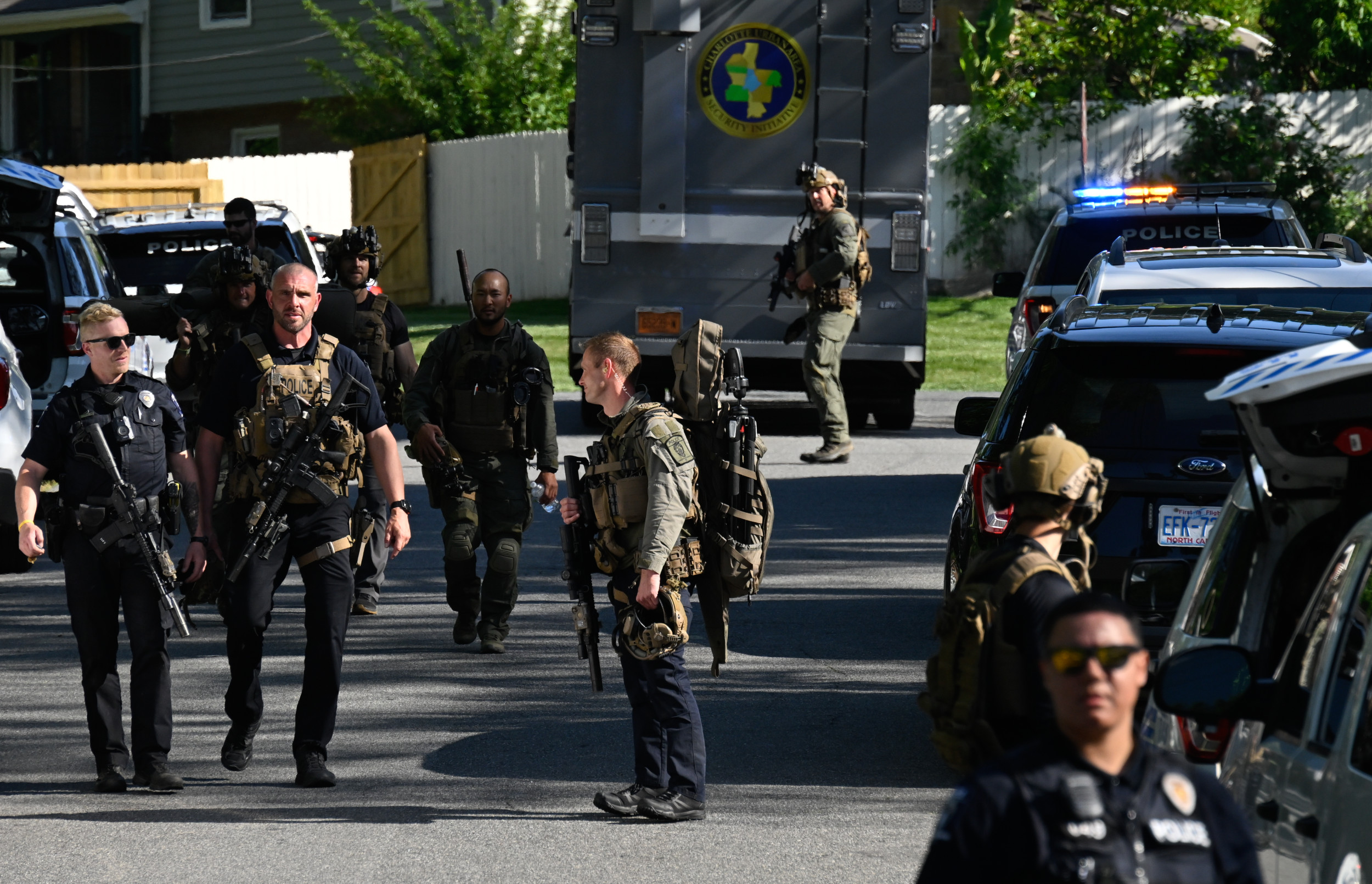Photographer Stanley Greene sees himself as a witness to life, and the pictures he takes as evidence of its capriciousness. For the past 10 years he has observed the war in Chechnya, and the evidence--now on display in Paris--is among the most disturbing in the annals of war photography. Greene, who has contributed photographs to NEWSWEEK, has just published "Open Wound: Chechnya 1994-2003" (229 pages. Trolley), a collection of 81 often brutal images of the destruction of a land and its people. Accompanying the photos are candid excerpts from Greene's journal and news reports of the conflict--as well as a list of the 42 reporters and photographers who have died there--giving the disturbing visuals an even darker voice. An exhibition of these pictures is showing at Galerie VU in Paris (through March 13).
Greene's work is a grim record of a conflict deeply rooted in Soviet history. Chechen resistance to Russian domination dates back to 1800, when the Russian Empire moved to conquer the Caucasus. The latest flare-up occurred after the fall of communism; in 1994 Russian President Boris Yeltsin sent troops to Chechnya to suppress a burgeoning independence movement. "Now we will have 100 years of war," Greene recalls a rebel's telling him then. "Blood for blood."
Since then Greene has visited the region 20 times. His pictures reflect a fierce and gruesome struggle: a wall dissected by a line of blood and bullet holes, mangled civilian corpses on the snowy streets, a skinny boy dressed only in briefs watching through a stone wall for Russian forces. More than 300,000 of Chechnya's 1 million people have died since the war began, and Greene's images are unabashedly from the Chechen point of view. "I have been accused of having lost my objectivity," he says. "But when you sit on a fence and watch genocide without doing anything about it, you are as guilty as those who are committing it."
Greene, 54, traveled a circuitous path to the battlefields of Chechnya. He was born and raised in Harlem, where his father was an actor and a labor-rights activist who was eventually blacklisted for communist sympathies. Greene's parents gave him his first camera when he was 11. They also gave him their sense of political duty: as a teen, he protested the Vietnam War and joined the Black Panthers.
In 1971 he met the renowned photojournalist W. Eugene Smith, who became his mentor and advised him to study photography at New York's School of Visual Arts. A few years later Greene moved to California, where he photographed rock bands, and then in 1986 went to Paris, where he shot fashion. "I was a dilettante, sitting in cafes, taking pictures of girls and doing heroin," he remembers. "And [the ghost of] Eugene Smith would show up in this drugged haze, point an accusatory finger at me and say, 'You must give back'."
Greene made his name when the Berlin wall came down in 1989. He happened to be in East Berlin at the time, and snapped a picture of a girl in a green tutu standing on the wall with a bottle of champagne; it was published worldwide. Shortly afterward a dear friend died of AIDS. It was like an electric shock: "I couldn't return to that soulless cafe life," he says. He kicked his drug habit and decided it was time to become "a real photographer." He went to Africa to cover the conflict in Mali but realized he didn't know how to photograph "dying people with flies on their faces," he writes in "Open Wound." So he shot them like fashion models. "I dislike those pictures--they have no soul," he continues. "But they taught me a lesson: you have to take photographs from the heart and not from the head."
Greene began to seek out the world's hot spots. During the 1993 putsch in Moscow, he found himself trapped in the Parliament building as the Russian Army bombarded it; scores of people died but Greene walked out unscathed. The next year he went to Chechnya. Soon after he arrived in Grozny's Minutka Circle, an airplane flew overhead and shelled the place. "We dropped our cameras and ran," says Greene. "After that, I went straight to the essentials--the Leicas--and photographed as much as possible with the hope the film would get out."
Fortunately, it did. Greene says his dedication has come at a cost. "It's becoming harder and harder to smile," he laments. But he can't leave the conflict behind. Last week he spoke about Chechnya before the European Parliament, and he hopes that "Open Wound"--now available in French and English--will be published in Italian, Russian, even Chechen. "This book is for 50 years from now," he says. "So we can look back and say, 'How could this have happened?'" It's a question that haunts these images already.
Uncommon Knowledge
Newsweek is committed to challenging conventional wisdom and finding connections in the search for common ground.
Newsweek is committed to challenging conventional wisdom and finding connections in the search for common ground.
About the writer
To read how Newsweek uses AI as a newsroom tool, Click here.








